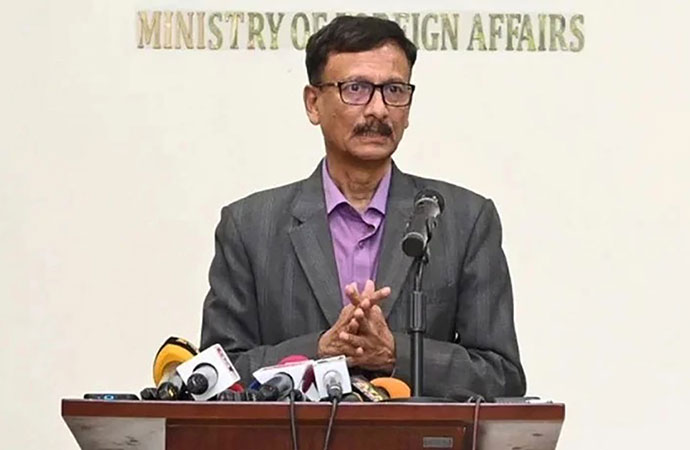Featured 1

We feel compelled to draw our readers' attention to this year's dengue outbreak, that we would vehemently contend has already taken a dangerous and extremely worrying turn for not just worse, but the very worst. We say that because it is our fear that unless the authorities start mobilising a response proportionate to the potential disaster, Bangladesh may well witness its worst year ever, from dengue in 2023. The number of vector-borne cases of 'breakbone fever' - another name for dengue fever which might give you an idea of the severe bone and muscle pain that can accompany temperatures in excess of 104 degrees on a thermostat - has already crossed the 10,000 mark, and the death toll gets grimmer and grimmer. But more alarming than simply surveying the cumulative numbers, is to observe the trend lines that emerge from breaking down the data.
So while this year's caseload crossing 10,000 already has milestone value, you can only really start to appreciate the clear and present danger it represents once you also know that at the end of May, the caseload stood at 2000, give or take a few. It then took just 10 days for it to breach the 3000 mark, as the average daily caseload accelerated to 100 per day. In the middle part of June, it picked up to 200 per day and by the end of the month the daily cases were progressing at an average of 400 a day. And already in just the first week of July, yet another spike has pushed the daily caseload up around the 600 mark. We are only talking here about the officially recorded infections, that only show up when an infected person seeks treatment at a clinic or hospital. Even so, these official tallies contain enough indicators of the quite unbridled growth in infections the nation is witnessing, alongside the abject failure of the municipalities, in particular the two serving the capital, to mount any successful mitigating strategy.
The tally of deaths only adds to the grim outlook. As of July 6, the number of deaths from dengue fever rose to 62 in 2023. But at the end of May, they amounted to just 13. Of the subsequent 49, thirty-four deaths occurred in June, setting the spike in motion. Dhaka and Chittogram divisions have the highest number of cases, said the Director General of Health Services. As per DGHS data, around 2000 patients are now receiving treatment at various hospitals across Bangladesh.
A pre-monsoon survey on the proliferation of the Aedes Aegypti variety of mosquito, that acts as the principal vector for dengue, by the Health Directorate, warns there is a risk that infections may increase greatly in the next few days. In addition, due to the intermittent rainfall witnessed over the last few days, water has most likely accumulated in any number of known and unknown places, each a potential breeding ground for killer mosquitoes.
And yet, you cannot help but wonder whether the authorities truly appreciate the danger emanating in almost every direction, as they remain bogged down in political rhetoric.

























Leave a Comment
Recent Posts
Remembering Kalidas Karmakar ( ...
The art world remembers Kalidas Karmakar, a visionary whose creativity ...
An Evening with Shishir Bhatta ...
Cosmos Art Echo, the artist talk initiative of Gallery Cosmos and Cosm ...
Myanmar denies genocide, calls Rohingya crackdown co ..
Yes, of course
Earth’s average temperature last year hovered among ..
Bangladesh and Singapore: A Tale of Two Nations